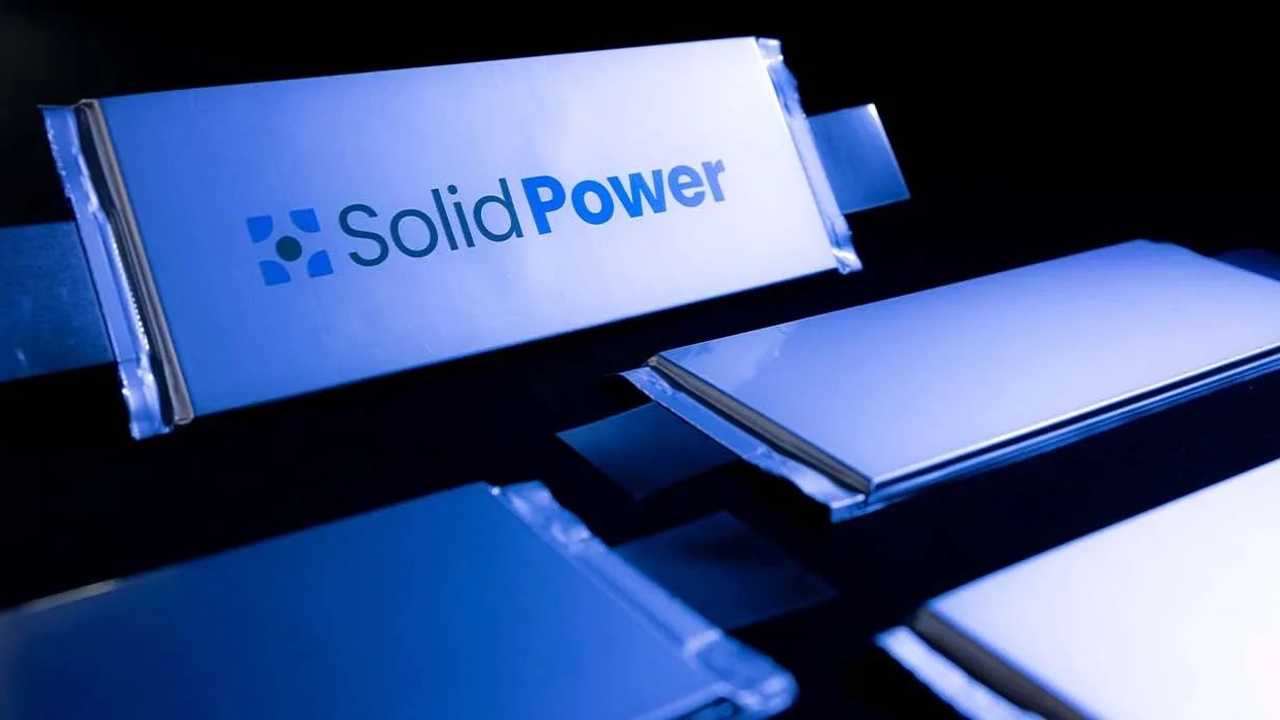Solid-state batteries have long been touted as the holy grail of electric vehicle (EV) energy storage. Offering higher energy densities, faster charging, and better safety than traditional lithium-ion packs, their promise has been clear—but commercial readiness has not. That might be changing.
A team of researchers from the Hong Kong University of Science and Technology (HKUST) has taken a major step forward by combining machine learning (ML) with materials science to fast-track the discovery of a next-generation solid electrolyte. The team trained their ML model on a dataset of known materials and properties to predict promising candidates for new ion-conducting solids. What the model ultimately identified was a class of elastic, ductile alloys with high lithium-ion conductivity and structural flexibility.
This breakthrough material, a stretchable, quasi-crystalline alloy, maintains integrity under mechanical stress—a common problem in solid-state electrolytes that tend to fracture or lose contact over time. Its elasticity allows it to accommodate volumetric changes during cycling, reducing the risk of dendrite formation and improving long-term stability. Lab tests confirmed the alloy’s superior ionic conductivity and compatibility with high-voltage cathodes. While the HKUST team did not specify a target energy density, materials with similar structural and electrochemical profiles—particularly sulfide-based solid electrolytes—have been used in battery architectures aiming for energy densities in the 350 to 500 Wh/kg range. These figures represent a significant leap over current lithium-ion technologies and align with broader industry goals for solid-state systems.
What sets this work apart is how machine learning compressed years of trial-and-error experimentation into weeks of computation. Rather than manually screening thousands of chemical compositions, the team’s model focused the search space on top candidates with a high probability of success. Once the alloy was identified, computational modeling and physical validation confirmed its potential.
Meanwhile, in the automotive world, BMW and Solid Power have begun testing solid-state cells in the BMW i7, marking a shift from lab prototypes to vehicle-scale evaluations. These batteries are also sulfide-based, with early versions already reaching over 350 Wh/kg. The goal is to hit 500 miles of range with 15-minute charge times—a leap that could make EVs more appealing than gas-powered cars on every metric.
What makes these developments exciting is their convergence. Machine learning is helping scientists unlock the kind of high-performance materials required for next-generation batteries, while automakers are finally field-testing those materials in real-world conditions. HKUST’s work could feed directly into these industry pipelines, accelerating commercial readiness.
Solid-state batteries may not be mainstream yet, but the combination of artificial intelligence, elastic material design, and auto-industry momentum is closing the gap fast. The next leap in EV range and safety might not come from a bigger battery—it may come from a smarter one.
